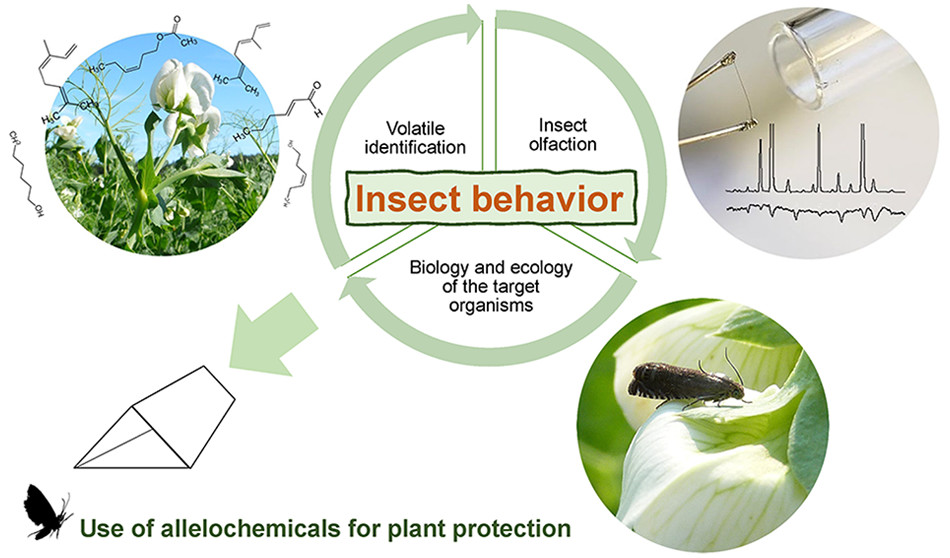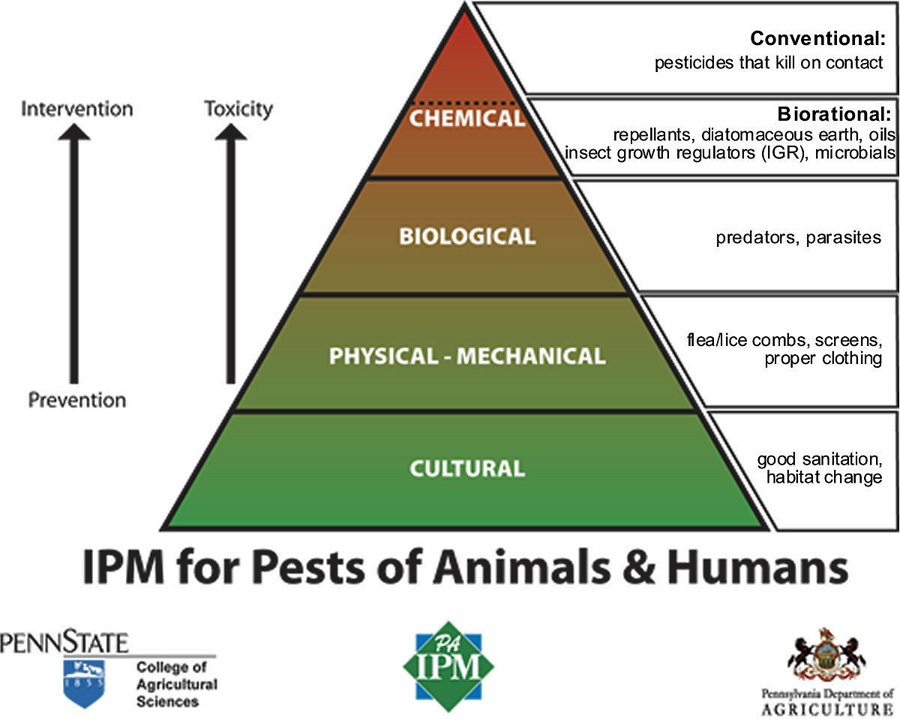Unveiling the Science of Biocontrol: How Biological Traps Tackle Pest Infestations
8/13/2023
Introduction
In the quest for sustainable pest management solutions, the spotlight has turned to the intriguing science of biocontrol. At its core, biocontrol employs nature's intricacies to address pest infestations. This article uncovers the science behind biocontrol, particularly the innovative strategy of biological traps. By harnessing the interactions between pests and their natural predators, biological traps provide an environmentally friendly, targeted, and effective approach to curbing pest populations.

The Essence of Biological Traps
Biological traps are a tactical weapon in the war against pest infestations. These traps mimic the natural cues, be it pheromones, colors, or breeding habitats, that draw pests into their midst. Once ensnared, pests are prevented from laying eggs or causing further damage to crops. What sets biological traps apart is their specificity; they zero in on the intended pest species while leaving beneficial insects and non-target organisms unharmed. This surgical precision minimizes the ecological upheaval often associated with chemical pest control methods.
Biological Traps in Action
The application of biological traps spans diverse environments. In agricultural landscapes, pheromone traps lure insects like moths, disrupting their mating patterns and reducing their numbers. Color traps capitalize on insects' attraction to specific hues, effectively diverting them from crops. In aquatic settings, traps resembling breeding sites attract mosquitoes, combating disease transmission. This approach extends beyond conventional agriculture, finding utility in urban settings to manage pests that threaten both health and biodiversity.
Future Promise and Sustainable Harmony
The potential of biological traps to revolutionize pest management is vast. These traps seamlessly integrate with Integrated Pest Management (IPM) strategies, advocating a holistic ecosystem approach. As research and technology advance, refinement in trap designs and pheromone-based lures continues to unfold. The future heralds an era where biological traps stand as a beacon of hope for achieving a harmonious equilibrium between pest control, sustainable agriculture, and environmental preservation.

Conclusion
The science of biocontrol has unveiled an innovative way to tackle pest infestations without compromising our environment. Through biological traps, we're witnessing the harmonization of nature's processes with human ingenuity. By understanding pest behavior and leveraging their interactions with predators, these traps serve as a beacon of sustainability in a world striving for balance between productivity and ecological responsibility.
Visits: 500